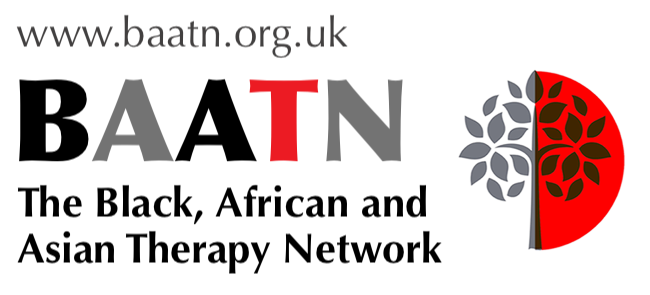A Most Dangerous – and Revolutionary – Method: Sabina Spielrein, Carl Gustav Jung, Sigmund Freud, Otto Gross, and the Birth of Intersubjectivity
Keywords:
Spielrein, Jung, Freud, Gross, Cronenberg, sexual abuse, countertransference, intersubjectivity
Abstract
As the first major commercial film to focus on Jung's role in the early history of (psycho‐)analysis, David Cronenberg's (2011) A Dangerous Method constitutes a milestone in the portrayal of Jung – and his relationship with Freud – in the popular media. The film's subject is a pivotal point in the development of analytical theory and clinical practice, namely the discovery of countertransference, its uses and abuses – a discovery and method which, in turn, led to the birth of intersubjectivity. This article deals with the historical background to the events portrayed in the film, specifically with regard to boundary violations and sexual abuse in analysis, draws distinctions between love relationships and abusive relationships, and indicates the revolutionary aspect of the “dangerous method” of psychoanalysis – and, in doing so, reclaims the influence of Sabina Spielrein and Otto Gross in the history and development of psychoanalysis and psychoanalytic method.Downloads
Published
2012-10-10
How to Cite
Heuer, G. M. (2012). A Most Dangerous – and Revolutionary – Method: Sabina Spielrein, Carl Gustav Jung, Sigmund Freud, Otto Gross, and the Birth of Intersubjectivity. Psychotherapy & Politics International, 10(3). Retrieved from https://ojs.aut.ac.nz/psychotherapy-politics-international/article/view/390
Issue
Section
PEER-REVIEWED ARTICLES

